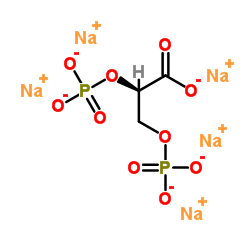| Structure | Name/CAS No. | Articles |
|---|---|---|
 |
Potassium
CAS:7440-09-7 |
|
 |
potassium hydride
CAS:7693-26-7 |
|
 |
2,3-DIPHOSPHO-D-GLYCERIC ACID PENTASODIUM SALT
CAS:102783-53-9 |